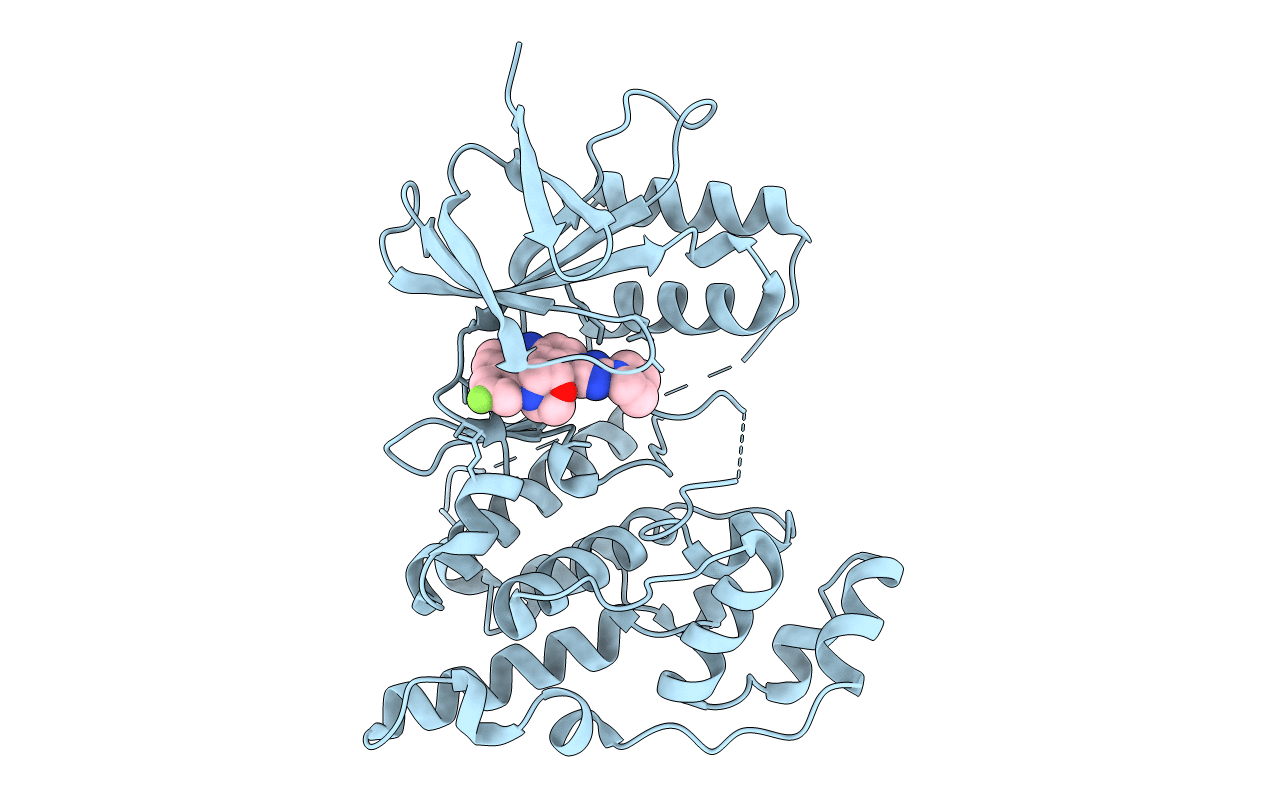
Deposition Date
2009-11-30
Release Date
2009-12-22
Last Version Date
2023-09-06
Method Details:
Experimental Method:
Resolution:
2.40 Å
R-Value Free:
0.26
R-Value Work:
0.21
R-Value Observed:
0.22
Space Group:
C 2 2 21


